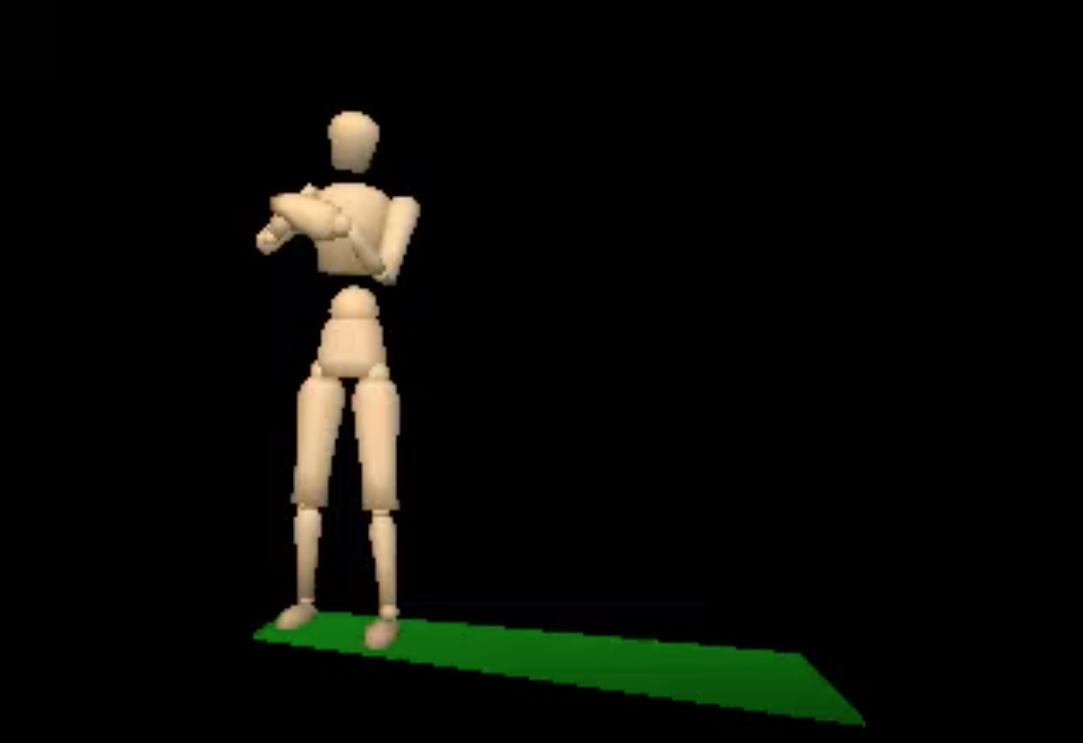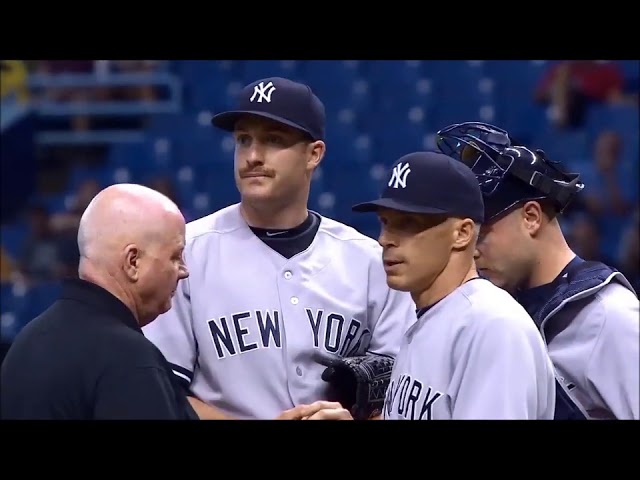UCL Anatomy and Biomechanics of Throwing Athletes
Pitching Biomechanics
A 3-inch diameter baseball weighing 5 ounces routinely lights up 95 mph on the radar gun when thrown by Major League pitchers. This equates to a velocity of 139 feet per second during the 60-foot, 6-inch path to home plate with a flight duration of 4/10ths of a second. Aroldis Chapman threw a fastball 105 mph which reached home plate in 380 milliseconds.
The pitching motion is perhaps the most complex and forceful movement in all of sports. In fact, the pitching motion is the fastest human movement recorded. It breaks down to a series of synchronized body movements requiring precise coordination of close to 100 muscles, bones and soft tissue structures.
Pitch velocity starts in the large mass of the lower extremities as kinetic energy (energy from movement) that is eventually transferred to the ball like a whip snapping. “The kinetic chain” is a term used to describe the sequence of activation, mobilization and stabilization of different body segments.
The strongest and largest muscle in the body – the gluteus maximus initiates the throwing motion. Half of the total energy and force developed in throwing is produced in the legs and the trunk. Therefore, velocity correlates more with lower body strength than upper body strength. During wind-up, the pitcher loads his back leg in preparation for a forceful drive towards home plate. His shoulder and arm move into a position that ultimately creates a whipping action. The pitcher’s straight-line acceleration toward home plate carries his entire body mass, which, then, abruptly decelerates when his land leg strikes the front of the mound.
The tremendous momentum of his lower half quickly shifts all of the lower extremity and trunk momentum to the upper extremity, which has moved into the cocking position. The arm then rapidly rotates towards home plate accelerating the five-ounce ball. Arm rotation velocities as high as 7000 degrees per second have been recorded which is roughly how often the wheel of your car rotates when you are driving roughly 93 mph.

The mechanics of pitching have been studied in the laboratory using specialized cameras and analyzing muscle activity. The moment during a pitch that puts the shoulder and elbow at the highest risk for injury is the late cocking phase and also the point where the arm is most rotated backwards. When the arm reaches maximum external rotation, the energy created from driving towards home plate is converted rapidly into kinetic energy as the arm rotates forward. The conversion of kinetic energy creates tremendous stress on the shoulder and the elbow. This puts the component pieces of the shoulder labrum and rotator cuff at high risk for injury. The inside part of the elbow experiences tremendous force, which is resisted by the ulnar collateral ligament, and the back part of the elbow experiences large forces that can result in bone spur formation.
The elbow is a hinged joint that resembles a spool on one end with a perfectly matched concave shape on the surface of the other end. Throwing requires distraction forces on the inside of the elbow as the ball accelerates. This force is counterbalanced primarily by the ulnar collateral ligament (UCL) which attaches the humerus and ulna bones like a rope. The UCL is essential to throwing and frequently gets injured.
The muscles of the elbow can greatly stabilize the distracting forces and protect the UCL, which was a critical discovery in my research laboratory. The muscles can be significantly strengthened through exercise, whereas the UCL cannot. Therefore, the elbow muscles are emphasized in rehabilitation and prevention programs.
The elbow also experiences forces across the bones that can form bone chips and spurs that can become painful. In addition, the flexor-pronator muscles are under increased stress and players can develop muscle strains. Muscle strains should be fully recovered before returning to competition in order to avoid compromise that could result in a ligament injury.

Dr. Ahmad demonstrates a UCL tear
Biomechanics of the Ligament Tears
As the pitcher’s arm accelerates forward, the force on the UCL approaches 60 pounds. This is similar to five bowling balls hanging from your wrist while in the cocking phase of throwing. The forearm essentially wants to detach from the body, which was how Tommy John described how his elbow felt when his UCL tore. A professional pitcher’s UCL strength is pretty much the same as a soccer player’s or a surgeon’s, and there is little the player can do to make it stronger.
UCL Ligament Failure Strength:
- 32 newton meters.
This is shocking because throwing a baseball imposes a force of 50 newton meters on the UCL – this suggests that the UCL should tear with every pitch.
Why then does the ligament not break with each pitch?
This question has guided my research for the last 15 years. One hypothesis is that the muscles of the forearm and elbow, which are positioned over the top of the ligament, provide protection to the ligament. We created an experiment that simulates this muscle activity and proved our hypothesis that the muscles of the elbow have a huge effect on shielding the UCL from stress. The importance of this discovery is that forearm muscles can be strengthened even though ligaments can’t. Athletic trainers, physical therapists and others involved in baseball health now emphasize muscle development and health in baseball players. A more recent and sobering study I conducted this year analyzed the effects of a forearm muscle strain, a common injury in big league pitchers. Our data indicates that 20% of pitchers who attempt to return to play after a forearm strain will go on to require Tommy John surgery within one year.






